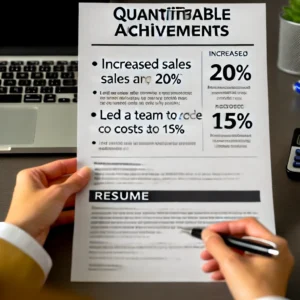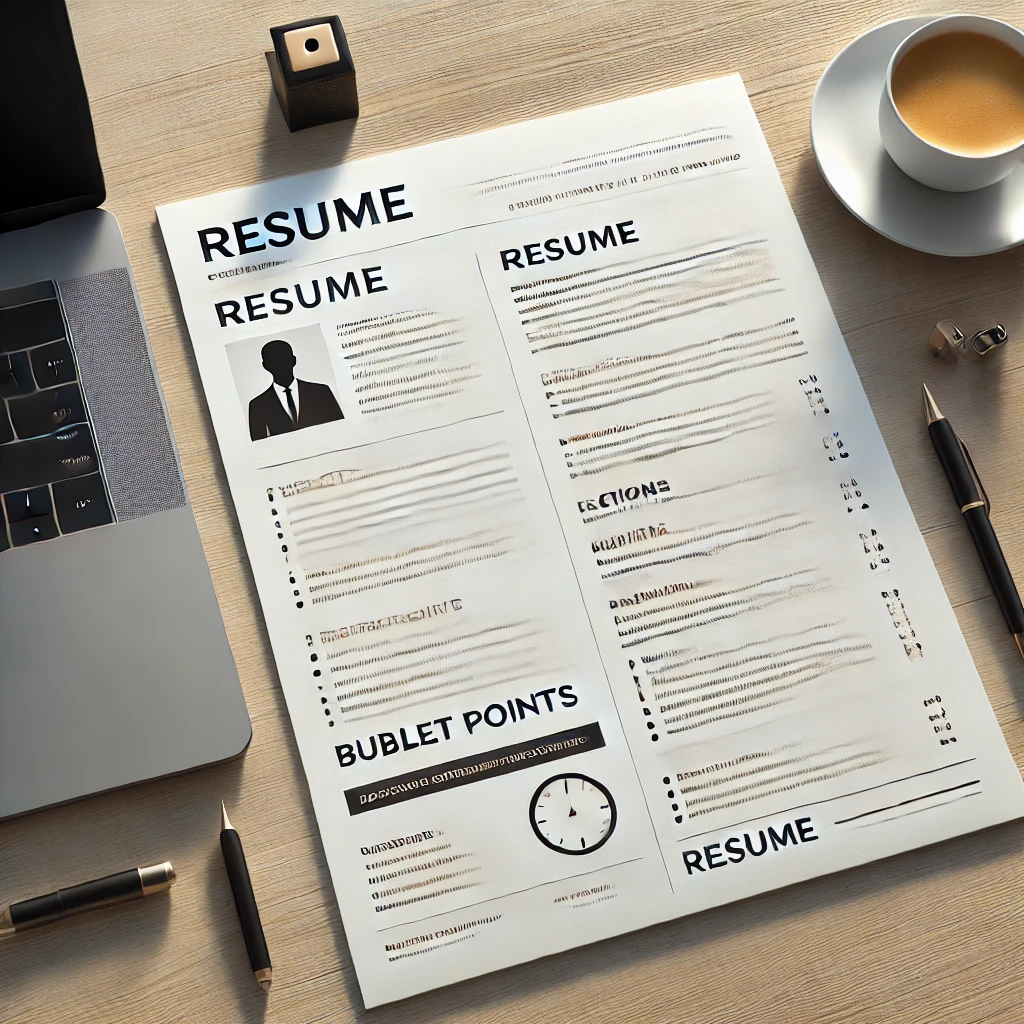In today’s competitive job market, your resume is often the first impression you make with a potential employer. It’s more than just a list of your experiences—it’s your chance to stand out. But how do you ensure your resume grabs attention and doesn’t get lost in the pile? With a few key adjustments, you can turn your resume into a powerful tool that opens doors. Here’s how to do it with some essential dos and don’ts, along with expert tips.
Personalize for Each Job
One of the biggest mistakes job seekers make is sending the same resume to every job opening. While this may save time, it drastically lowers your chances of standing out. Instead, tailor your resume to each specific job. Carefully read the job description and include relevant keywords that highlight your qualifications. For example, if a job listing emphasizes “data analysis,” make sure that phrase appears on your resume if it’s one of your skills.
Many companies use Applicant Tracking Systems (ATS) to filter resumes before a human ever sees them. Using the right keywords improves your chances of getting through the system and into the hands of a recruiter.
Keep It Concise and Focused
Your resume should be concise, typically one page for most applicants or two pages if you have extensive experience. Employers don’t want to read through unnecessary details, so only include the most relevant information. Focus on your last 10-15 years of work experience, highlighting the roles most related to the job you’re applying for.
Each bullet point under your job entries should start with an action verb such as “led,” “designed,” or “improved.” This makes your resume more engaging and clearly shows the impact of your work. Instead of just listing duties, focus on achievements. For example, write “Managed a team of 10 employees and increased productivity by 20%,” rather than “Responsible for managing a team.”
Dos and Don’ts of Resume Writing
Do:
- Tailor for Each Job:
Customize each resume for the job you’re applying to. Show that you understand the role and how your experience matches it.
- Use Action Words:
Start bullet points with strong verbs like “developed,” “managed,” or “implemented” to highlight your contributions.
- Quantify Your Achievements:
Use numbers to show your impact. For instance, “Increased sales by 15%” is far more powerful than a vague statement.
- Proofread:
Typos and grammar mistakes can ruin your chances. Carefully proofread your resume and ask someone else to review it as well.
 Don’t:
Don’t:
List Irrelevant Jobs: Leave off experiences that don’t relate to the job you’re applying for, like old or unrelated roles.
Overcomplicate the Design: Keep the design simple and clean. Don’t use flashy fonts or graphics unless you’re applying for a creative role.
Write in Paragraphs: Use bullet points to keep your resume easy to scan. Long paragraphs make it harder for hiring managers to quickly grasp your key points.
Include Personal Information: Don’t list your age, marital status, or a photo, as these are unnecessary and could lead to unconscious bias.
Focus on Achievements, Not Just Responsibilities
Too often, candidates only list their job duties rather than their achievements. Employers want to see what value you added in your previous roles.
Did you increase sales?
Improve efficiency?
Lead a successful project?
Use specific examples and data when possible to showcase your contributions.
For instance, instead of saying, “Managed company social media accounts,” try, “Developed social media strategy, increasing follower count by 25% and engagement by 30%.” Numbers provide clear evidence of your success and make your resume more compelling.
Clean, Professional Design
While the content of your resume is essential, its appearance also matters. A clean, well-organized design ensures that your resume is easy to read. Stick to professional fonts like Arial or Calibri, and use consistent formatting for sections. Avoid excessive colors, graphics, or creative layouts unless you’re applying for a job where creativity is a key requirement.
Plenty of white space also helps your resume look clean and organized. Ensure each section is clearly labeled, and use bullet points to break up blocks of text. This helps recruiters quickly scan your resume and find the most important information.
The Importance of a Strong Professional Summary
Your professional summary, which appears at the top of your resume, is your chance to introduce yourself. Think of it as your elevator pitch. In 3-5 sentences, summarize your experience, key skills, and what you bring to the table. Make sure it aligns with the job you’re applying for.
For example, you might write: “Results-driven marketing professional with 7+ years of experience in digital marketing, specializing in SEO and content strategy. Proven ability to increase website traffic and lead generation by 30%.” Avoid clichés like “hardworking” or “team player” unless you can back them up with real examples.
Final Proofreading and Details
Before submitting your resume, proofread it carefully. Even one typo can create a negative impression and make it seem like you lack attention to detail. It’s always a good idea to ask a friend or colleague to review your resume as well. A fresh set of eyes may catch mistakes you’ve missed.
Finally, ensure your contact information is up to date, including a professional email address and phone number. Consider adding a link to your LinkedIn profile for additional credibility and to give employers easy access to more information about you.
Crafting the perfect resume isn’t just about listing your work history—it’s about presenting your skills and achievements in a way that aligns with the job you want. By following these tips, focusing on results, and paying attention to detail, you’ll be able to create a resume that not only gets noticed but also helps you land interviews. Remember, your resume is your first impression—make sure it’s a strong one!





2 Comments
This article is a lifesaver! I always struggled with figuring out what to include in my resume and what to leave out. The tip about focusing on achievements rather than just listing responsibilities really opened my eyes. I’m definitely going to revise my resume to make it more results-oriented. Thanks for the practical advice!
Great insights on personalizing resumes for each job application. I’ve been guilty of sending out the same resume to different jobs and wondering why I wasn’t getting any responses. After reading this, I understand how important it is to tailor my resume with keywords from the job description. Time to start customizing!